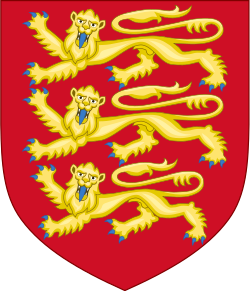Responsibilities and objectives
The Local Government Boundary Commission for England is responsible for three types of review: electoral reviews; administrative boundary reviews; and structural reviews.
Electoral reviews
An electoral review considers whether the boundaries of wards or divisions within a local authority need to be altered to take account of changes in electorate. The Electoral Commission directs the commission to undertake electoral reviews and is also responsible for implementing them.
The commission also looks at the number of councillors, the number of wards or divisions and whether the wards or divisions should be represented by a single councillor, or jointly by two or three councillors.
Administrative boundary reviews
At the request of the Ministry of Housing, Communities and Local Government or of a local authority, or at the Local Government Boundary Commission for England's own instigation, the commission can undertake administrative boundary reviews, which review the external boundaries of a local authority.
Structural reviews
A structural review is used to establish whether one or more single, all-purpose councils, known as unitary authorities, should be established in an area instead of the district and county councils of the existing two-tier system.
This page is based on this
Wikipedia article Text is available under the
CC BY-SA 4.0 license; additional terms may apply.
Images, videos and audio are available under their respective licenses.
